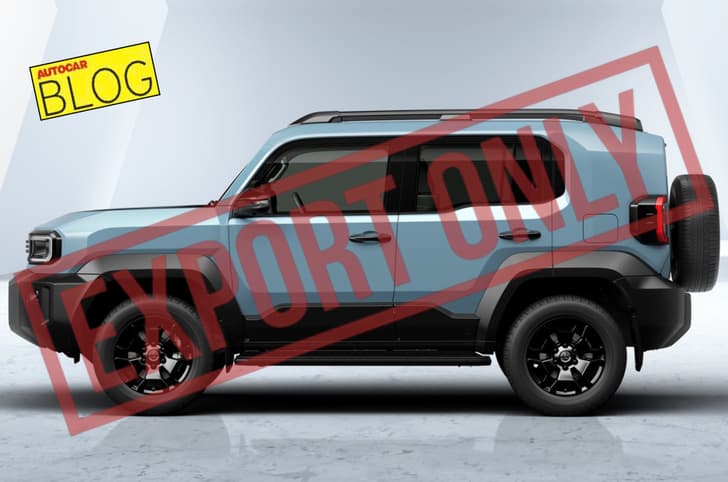Despite the buzz around EVs, market leader Maruti is taking it slow. It even cancelled its planned Wagon R EV. The company will only debut an electric vehicle in about two years, but it will be on a born-electric platform. In contrast, Tata Motors got off to a quick start, but is taking a three-step, or rather three-gen, approach to electrification.
Gen 1 is quick conversions of existing ICE platforms for entry segments. Gen 2 is further modifying ICE platforms for vehicles in the mid segments, for instance, with a flat floor and larger space for a battery. Gen 3, meanwhile, will be a new born-electric platform that will be used for higher-segment vehicles.
A lot of people have asked me whose approach is better and if one of them is making a mistake. Not really. An important way to balance out an EV’s high price is volume, and this is really what separates the two approaches. With its partnership with Toyota, and their huge combined global footprint, Suzuki knows it can invest in a born-electric platform for the mass segments and have a competitive price too, potentially sharing it with markets outside India. Tata Motors, on the other hand, has a negligible export market, and thus, needs to rely on domestic volumes. Enter the Gen 1 ICE conversions. With volumes offset by ICE variants and only an incremental development expenditure, prices for these EVs can remain low and we’ve seen that to good effect with the new Tiago EV.
However, Tata Motors’ Shailesh Chandra did say that, for the immediate future, the three generations will not be sequential and will instead be defined by segment. Which means, in time, Tata Motors’ Gen 1 products will have to take on born-electric vehicles from Maruti. Of course, if you look at it objectively, customers aren’t concerned with platforms or generations, but rather look at what a product offers, and here, Tata Motors has done a stellar job with the Tiago EV. It offers a host of modern features like auto climate control and a full suite of connectivity features.
The only possible chink in that armour could be range, for which Suzuki’s born-electric vehicle will surely have the upper hand on Tata’s Gen 1 products. And while charging infrastructure is increasing and range anxiety diminishing, range and charging time will still be a factor of comparison. Thus, eventually, I believe Tata Motors will have to have born-electric products in the lower segments too.
For now, these disparate approaches work for each company. Suzuki, already the market leader with stellar ICE volumes, can afford to ignore the EV space and come in later all guns blazing. Tata Motors, on the other hand, needed to take the first-mover advantage and build on that. In the end, the EV consumer will be the winner.





























